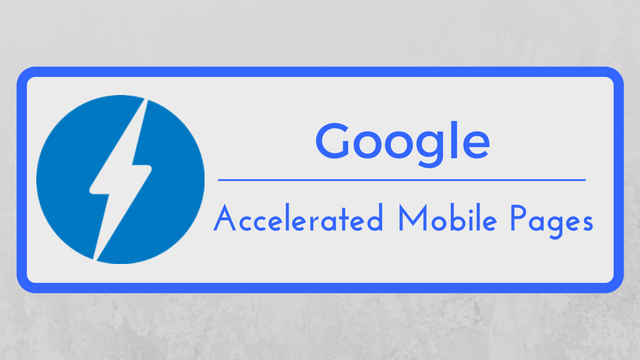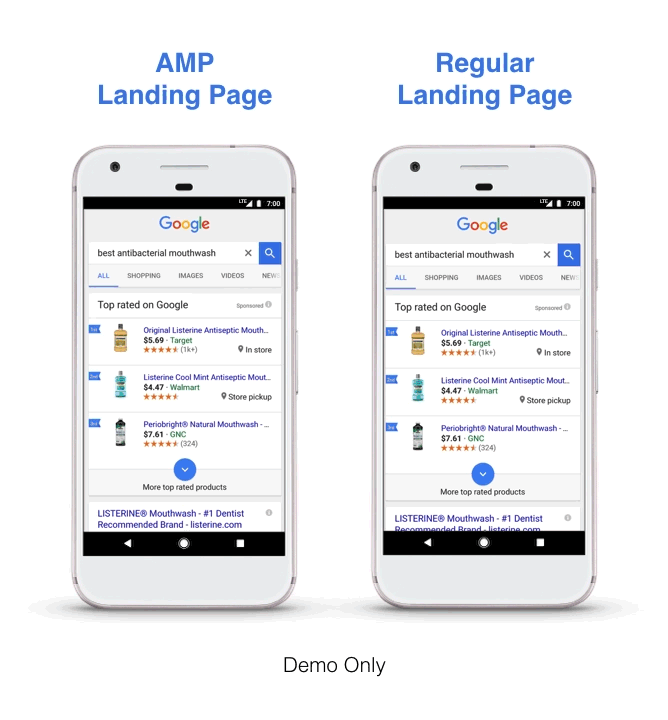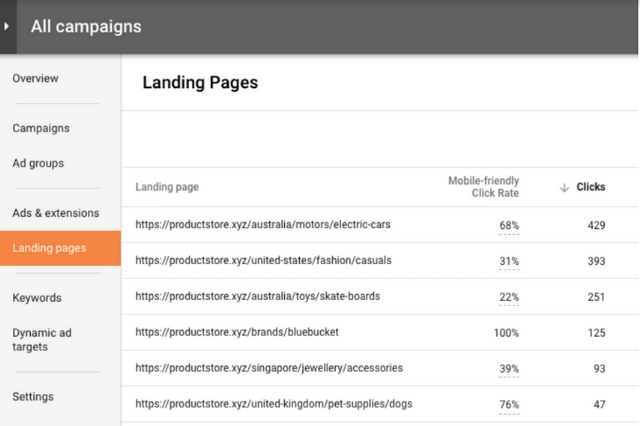
Do you ever look at how your ads are performing and wonder why all those clicks aren’t turning into sales for you? The answer nine times out of 10 is that your landing page just isn’t fast enough.
According to Google’s estimates, advertisers lose 20% of their possible conversions for every second it takes for their site to load. That may be even higher when those clicks are coming from smartphones and tablets.
Thankfully, Google and AdWords are about to start offering a way to make sure your landing pages load lighting fast – even if your normal website isn’t quite up to pace.

Starting in two weeks, advertisers will be able to create landing pages using Google’s Accelerated Mobile Pages technology. That means that your landing pages will be specially optimized for mobile users to ensure the fastest possible journey from click to conversion.
Since earlier this year, Google has powered the majority of its search ads using AMP to speed up the loading time substantially. While this means your ads showed up almost instantaneously for mobile users, the jump to a non-AMP page caused a jarring disruption in the shopping process which lost many impatient shoppers.
However, “by directing your search ad clicks to AMP landing pages, you can create the super-fast and delightful mobile experience that consumers expect.”





